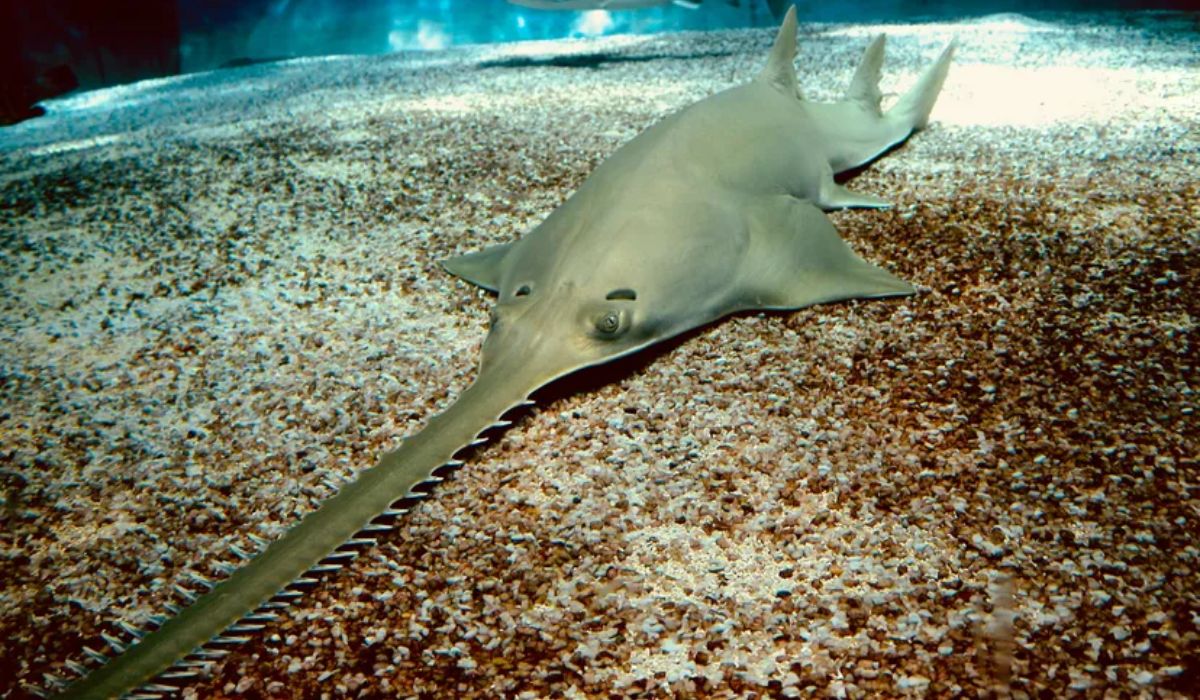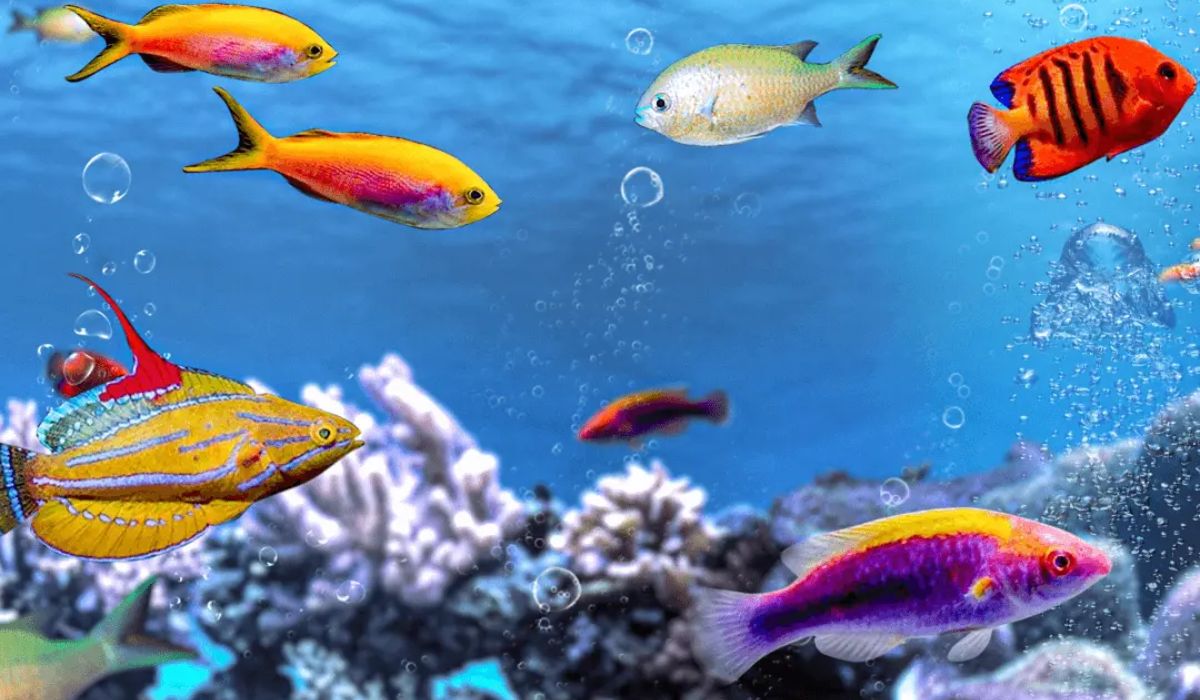It is difficult to recall bright green, more eels-who are lucky for scuba and deep sea divers who live for fear of facing them. Although they are not aggressive by nature and only attack only when they are upset, their incredibly sharp teeth can integrate severe wounds or injuries. In addition, although the Morse are not toxic, their meat can be stimulated and even fatal when it is fatal.
Stingray: Habitat, Characteristics, and Interesting Facts
:max_bytes(150000):strip_icc()/GettyImages-1084272706-67e82d99d00447dd9cd0567739e51e18.jpg)
Gentle and beautified by nature, stingray attacks on humans are rare by thanks to thanks. When threatened or provoked, they can whip the toxic barbes on their tail, but this is usually one last solution - swimming is the preferred way to protect away. Sadly, dear conservationist and Australian TV presenter Steve Irwin was killed in 2006 when a stingray's bar pierced his chest, causing a deadly injury to his heart. A spot in the wild? Pick up the fear but keep your distance.
Great Barracuda: Facts, Habitat, and Characteristics
One of the largest fish floating in the seas, the Great Barakudas can reach a speed of 35 mph (56 km/h), which weighs up to 45 kg (100lbs), razor-sharap has two sets of teeth and grows up to five feet (1.5 m). No wonder, then, that they have a fatal reputation. But is this appropriate? However, it is true that they pose a threat to people due to the tendency to attack shiny objects (such as fishermen) attacks, two fatal records.
Blanket Octopus: The Most Dramatically Sexually Dimorphic Sea Creature
Its viosual, fleshy intellect, female blankets use their flowing capes to reduce hunters by obtaining their names from octopus. Blanket octopus has the greatest sex discrepancy of any animal - women grow up to 6.6 feet (2 meters), while men reach only one inch (2.4 cm). Female blanket octopus also has a unique way to hunt and protect herself - a Portuguese man o 'O' a tent from the war and it is brought down like a whip that can cause a bad sting and serious injury for anyone.
Striped Pyjama Squid
Despite its beloved name, striped-pijama squad is actually both toxic and poisonous. Native of Australia, it is just an inch (3 cm) tall and looks like a dumpling. While it appears to be sweet, it emits a poisonous mud that is considered extremely dangerous for humans, and comes back with a toxic bite. Castard-Pogema is a member of the squid Katalfish family and is able to hide its body that is capable of hiding under the seabed.
Humboldt squid
The largest species of flying squads, humbolts, live on average for only one year, but they can reach a length of more than seven feet (2 meters) - including tentacles. They used to lay 20 million eggs during that time. From Chile to Alaska, the nickname of 'Red Devils' by fishermen in their natural habitat, they are known to be aggressive when contact, and stories of stories of Humboldt stunning and attacking scuba divers are enlightened.
Peacock mantis shrimp
Part of the Stomatopod family, the peacock mantis shrimp may look stunning, but it packs quite punch. They hunting hard-sheked animals, uprooting their 'raptorial appendages' to open shells. Measuring for seven inches (17.8 cm), the peacock Mantis shrimp has a force of 1,500 newton. This is enough to break the aquarium glass and bring a finger. They are sharp and high regional, so the danger comes from keeping your hand in its tank or near its boar.
Giant grouper
Often weighs up to 400 kg (880lbs) and eight feet (2.4 meters) long, really huge fish - the largest sow fish found in coral reefs. They live on rocks from the Red Sea to Hawaii. They are generally not aggressive towards humans. However, divers are recommended to clearly clear due to their sheer shape and extremely regional nature.
Sawfish
Carpenter is also known as sharks, Sofish Ray is part of the family. One of the most unique looking sea creatures in this list, they have a specific saw -like muzzle and are among the largest fish on the planet, reaching 23 feet (7 m). With a skeletal made of cartilage, they are not over-aggressive towards humans, but their pointed snout can cause severe damage. Sadly, they are now seriously in danger and due to marine pollution.
Fire coral
Fire corals belong to the hydrogen group, which means that they are more closely related to jellyfish and other sting Cnidarians. They can look harmless, but can cause severe painful skin reactions, especially among the divers of the deep sea. Worldwide is found in tropical and subtropical water, when touched, they emit a stinging toxin that causes a burning rash and even soft tissue infections. Although they are not fatal to humans, divers should wear full WhatsApp for maximum protection.



